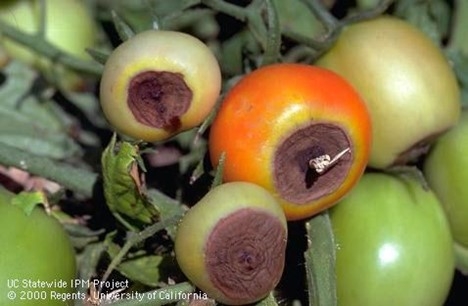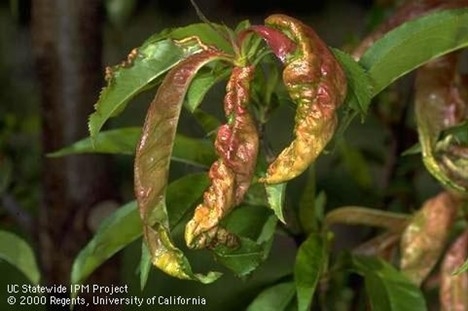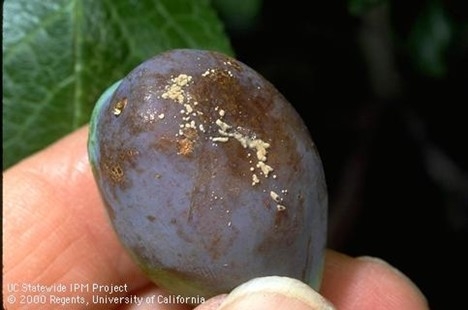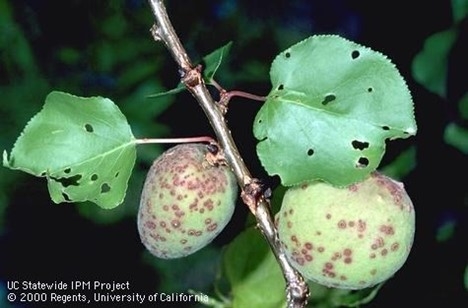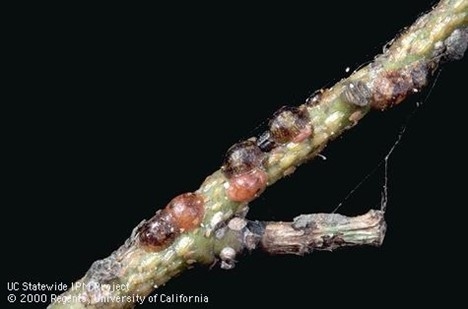Posts Tagged: diseases
Fighting Blossom End Rot
Are your tomatoes not looking their beautiful best this year? They may be suffering from blossom end rot. Blossom end rot first appears as a small, water-soaked spot on the blossom end of a tomato. The spot enlarges, darkens, and becomes...
Lawn-pocalypse! Surviving Drought
Ah, summer! The season of sunburns, pool parties, and… lawn droughts. If your once lush, green carpet now looks like a crunchy brown doormat, you're not alone. Let's dive into why your yard is staging a dramatic death scene and what you can do to...

Bermuda grass and weeds overtaking drought stressed turf grass.
Blossom End Rot
This post is a rerun from 2023.
Have you noticed tomatoes that have round, water-soaked spots on the bottom? Blossom end rot (BER) is a frustrating problem that can be quite common in vegetable gardens, as it can affect tomatoes, peppers, and squash. You might notice it after a few very hot days. It usually starts on green fruit as a small, discolored spot on the end opposite the stem that might look water soaked. The spot enlarges and tissues dry out, becoming sunken, collapsed, and leathery.
Some tomato varieties, especially paste tomatoes, are affected more than others, but all varieties except cherry tomatoes seem to be susceptible if conditions are conducive. It is more likely to occur earlier in the season when plants are rapidly growing, but it can also show up later in the season when we have hot, dry weather.
Blossom end rot results from a low level of calcium in the fruit and a lack of water balance in the plant. Most of our soils have plenty of available calcium so there is no need to add more. Fluctuations in irrigation and/or heavy application of nitrogen are often the culprits in this condition. To reduce blossom end rot, monitor soil moisture to make sure the root zone neither dries out nor remains saturated. Follow recommended rates for vegetable fertilizers, using organic fertilizers.
Improvement in irrigation practices usually results in the problem going away. Rather than watering on a schedule, you should check the soil to determine its moisture level. Either by digging down into the soil without disturbing the roots or using a moisture meter, check to make sure the entire root zone is moist but not soggy. Use mulch around the plants to help maintain soil moisture, but make sure the mulch isn't right against the base of the plants.
Blossom end rot is not caused by a pathogen, so there are no pesticide solutions.
To reduce blossom-end rot:
• Use cover crops in the off season to increase water-holding organic matter in the soil.
• Irrigate before periods of hot weather.
• Don't disturb the root area.
• Don't over fertilize. Too much nitrogen during the early fruiting period can tie up calcium and make BER worse. Manure, especially poultry manure, can make it worse.
Vegetables affected by blossom end rot are still edible if they haven't begun to get moldy. Just cut away the discolored area.
More information about blossom end rot:
http://ipm.ucanr.edu/PMG/GARDEN/VEGES/ENVIRON/blossomendrot.html
Information about growing tomatoes in the home garden: https://anrcatalog.ucanr.edu/pdf/8159.pdf
Help Desk of the UC Master Gardeners of Contra Costa County (SEH)
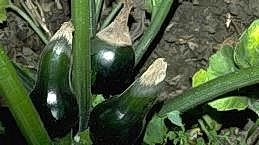
blossom end rot2
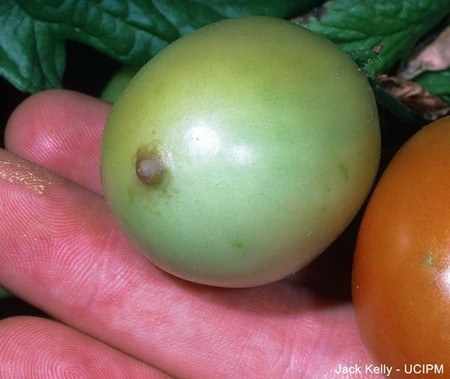
blossom end rot3-450
Clement Chow: Fruit Flies, Rare Diseases and the Accomplishments
Don't miss the UC Davis Department of Entomology and Nematology seminar by Clement Chow on Monday, May 6. It will open your eyes about fruit flies, rare diseases, and the progress underway. Chow, an associate professor in the Department...
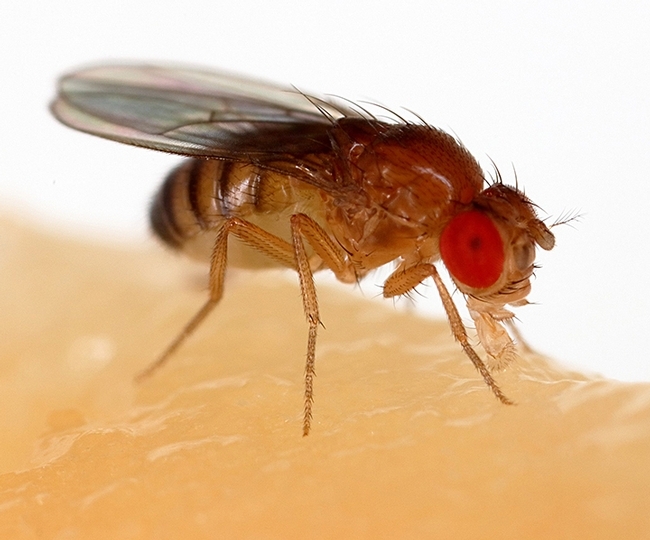
The fruit fly, Drosophila melanogaster, is commonly used for biological research in genetics. (Photo courtesy of Wikpedia)
Is it Time to Use Dormant Sprays on Your Backyard Fruit Trees?
This year was particularly bad for peach leaf curl and other fungal infections in fruit trees because of the wonderful rain we had last winter and spring. It looks like we might have another wet winter, so we are rerunning this post to remind you to think about a spray program for your trees.
Now that the leaves have fallen, or mostly fallen, from your backyard fruit trees, are you wondering whether you should apply dormant sprays?
“Dormant sprays” or “delayed dormant sprays” are terms used for the application of pesticides when the tree is dormant or just coming into bud swell. The pesticide could be a fungicide used to help manage fungal disease or a horticultural oil or oil in combination with insecticides to kill insects.
Don't assume that you need dormant spray. Before reaching for the spray, first determine whether your trees have previously had a disease or serious insect pest problem that can be managed with dormant sprays. Have you already tried all non-chemical recommendations for lessening the problem? Finally, evaluate the amount of damage from the disease or insect pest you experienced in the prior growing season to decide whether a pesticide is really needed.
Fruit tree diseases that can be managed by applying a fungicide dormant spray include peach leaf curl, brown rot, and shot hole disease.
Peach Leaf Curl
Peach leaf curl affects only peach and nectarine trees. It shows up in spring after the tree has leafed out. Leaves are thickened, curled, and colored red or yellow instead of normal green.
If your tree has had significant peach leaf curl in prior years, dormant spraying with a fixed copper spray just after all the leaves have fallen from the tree (usually December to January in our County) may prevent or reduce the severity of the disease. For information on managing peach leaf curl, see https://ipm.ucanr.edu/PMG/PESTNOTES/pn7426.html/
Brown Rot
Brown rot (Monilinia) is a fungal disease that can affect peaches, plum, cherries, apricots, and nectarines. In the spring blossoms on infected trees shrivel and die, often clinging to the twigs. Leaves at the base of infected twigs may also turn brown and die. Fungal spores attach themselves to developing fruit and show up as brown or tan spots on the surface of the fruit.
If your trees had significant fruit loss from brown rot in the prior growing season, a dormant spray of a copper-based fungicide may help. Apply it at the pink bud stage while flower buds are still tightly curled and pink in color. For more information on brown rot, see http://ipm.ucanr.edu/PMG/GARDEN/FRUIT/DISEASE/aprbrownrot.html.
Shot Hole
Shot hole (Coryneum blight) can affect plums, nectarines, peaches, cherries, and especially apricots. It shows up as small reddish holes on leaf surfaces. Often the holes turn brown and drop out. Fruits may also be infected. Where disease has been severe and cultural steps haven't helped, a fungicide spray following complete leaf drop may be needed. See http://ipm.ucanr.edu/PMG/GARDEN/FRUIT/DISEASE/shothole.html.
Brown Soft Scale
Insects that can be managed with dormant sprays of horticultural oils or oils mixed with insecticides include scale, aphids, and spider mites. Don't spray unless you have confirmed that the insects are present in damaging numbers and cannot be controlled by other means. Keep in mind that spraying may also kill beneficial insects which are the first line of defense against insect pests.
More information on controlling these insect pests can be found at these UC websites: https://ipm.ucanr.edu/QT/scalescard.html
https://ipm.ucanr.edu/QT/aphidscard.html
https://ipm.ucanr.edu/QT/spidermitescard.html
Caution: Before spraying, read and carefully follow the label instructions on the pesticides you use, including wearing recommended protective gear.
Help Desk of UC Master Gardener Program of Contra Costa County (TKL)

